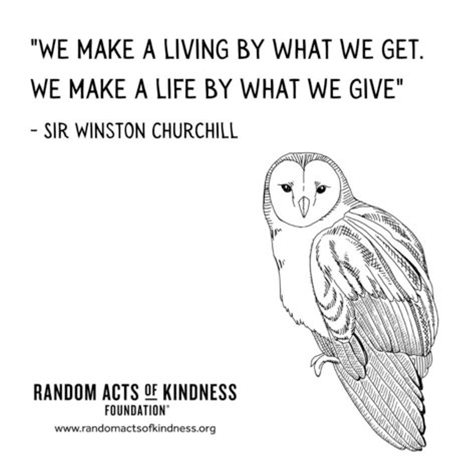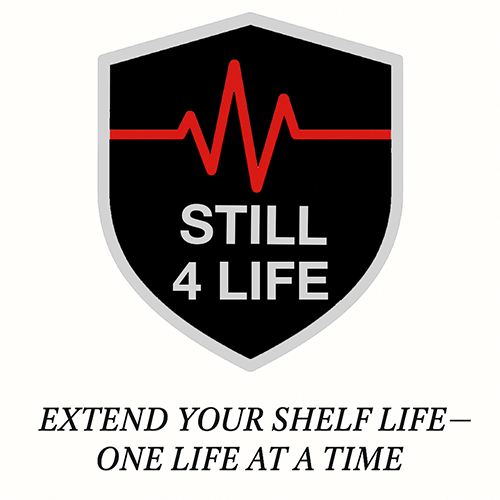Hereditary Amyloidosis (hATTR)
Awareness and Early Detection
CHAPTER 1 – OUR MISSION and STORY
My Story: From the Field to the Fight
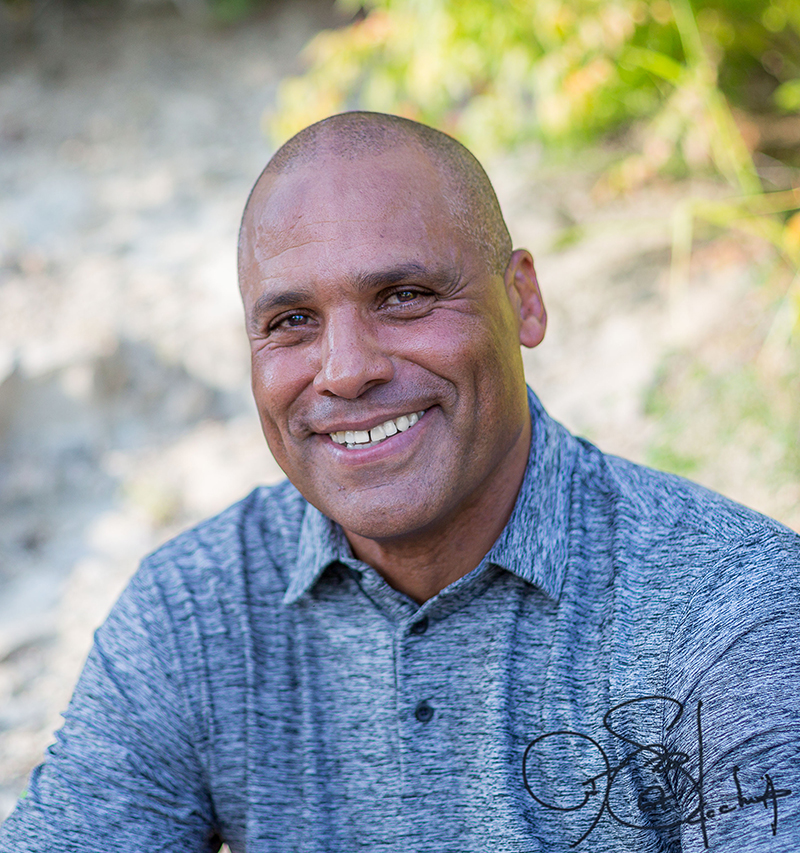
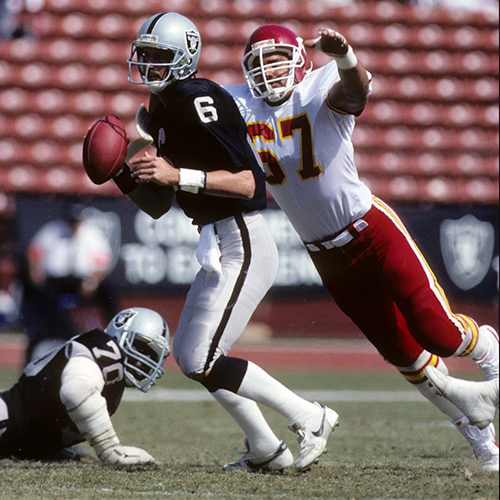
I spent 12 years in the NFL – 10 with the Kansas City Chiefs and 2 with the Buffalo Bills. Like many athletes, I was all in. Focused. Resilient. I pushed through injuries, trained relentlessly, and lived for the game.
I never imagined that decades later, I’d be facing an entirely different kind of opponent: a disease I had never even heard of.
In September 2023, I was diagnosed with hereditary ATTR-CM (transthyretin amyloid cardiomyopathy). The diagnosis came through a screening program with the NFLPA at Tulane University. Dr. Keith Ferdinand – who I now credit with changing my life – suggested I get genetic testing when I returned to Kansas City.
At that time, I’d been living with persistent AFib for 15 years, as well as all the symptoms that I didn’t think were related; carpal tunnel, back issues (spinal stenosis), tingling in my hands and feet, swelling (peripheral neuropathy), just to mention a few. I had no obvious markers, but I did have a strong family history of heart disease. Looking back now, the signs were there – beginning as early as a year after I retired in 1990 when my bicep tendon ruptured, seemingly out of nowhere…34 years ago.
My Family Story
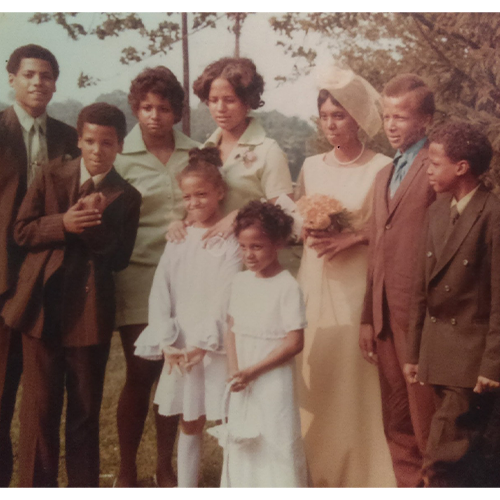
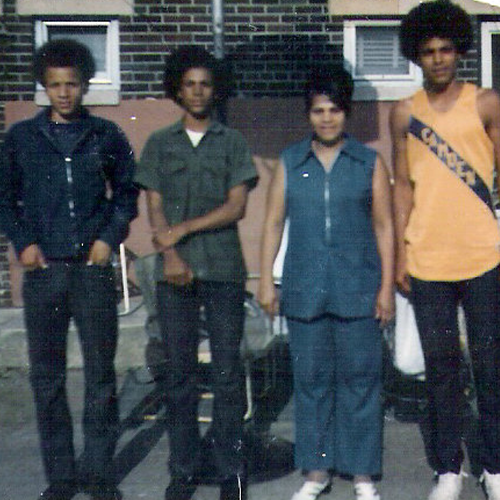
My older brother, Sparky, needed a heart transplant 14 years ago. His son, Jahmai, passed away at just 36. He had sickle cell disease and carried the v122i variant of the amyloidosis gene.
Now, my younger brother, Dennis, faces the same harsh reality – he needs a new heart. One of my sisters recently said to me after reading an article about the disease:
“I have all the symptoms, but I personally don’t want to see any more doctors. They can’t help me. What’s done is done. But if you can get help at an earlier stage, this would be great in deterring the more progressive disease as you age.”
We grew up in a family of 10 siblings – 4 brothers and 5 sisters – and not one of us had ever heard the word “amyloidosis”. Yet the symptoms were around us for years. Now, we can finally see the bigger picture.
Today, I’m a father to 11 and a grandfather to almost 27. This gene may affect generations to come. And I refuse to let them walk through life in the dark.
Why We Started Still 4 Life
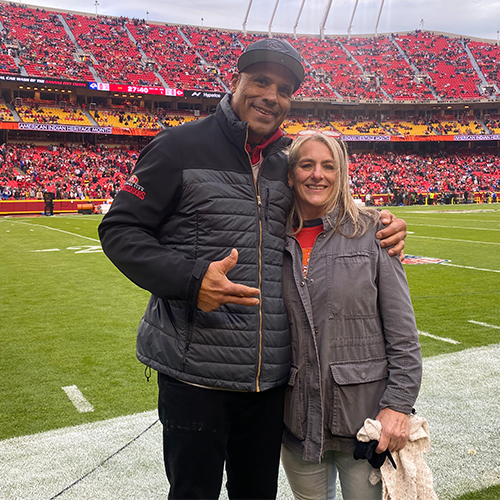
Receiving the diagnosis was a turning point in our lives. It was both a relief and a challenge, but it motivated us to raise awareness and help others.
-
We’re here to fight for awareness.
-
To educate every person we can reach.
-
To give families a fair shot at early detection.
-
To change the outcome of the story for those affected by this genetic disease.
Let’s work together as a team to get out Awareness & Early Detection so that amyloidosis doesn’t have to define our future.
Let’s Extend Lives. Let’s Empower Families. Let’s Pass It On.
